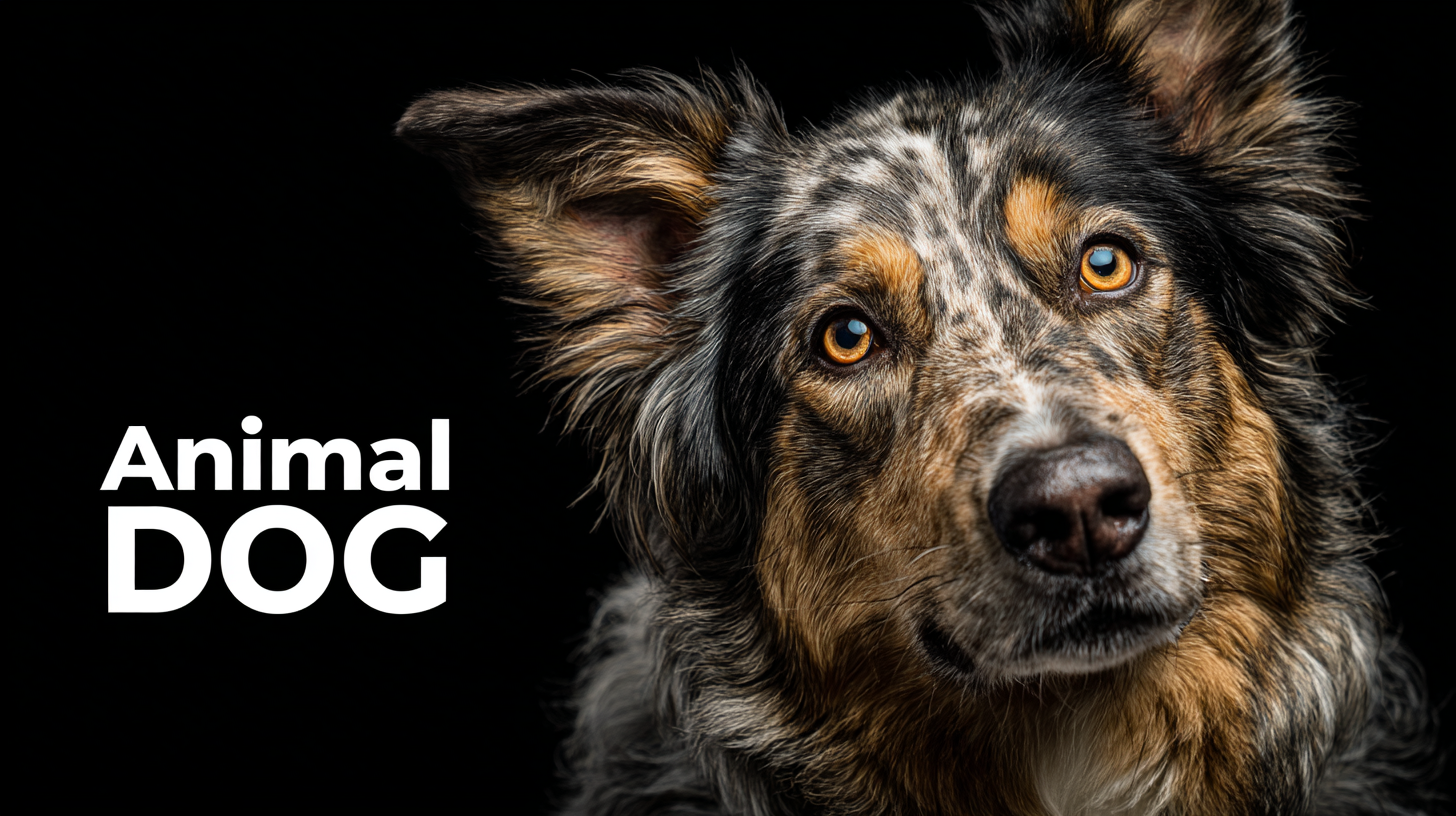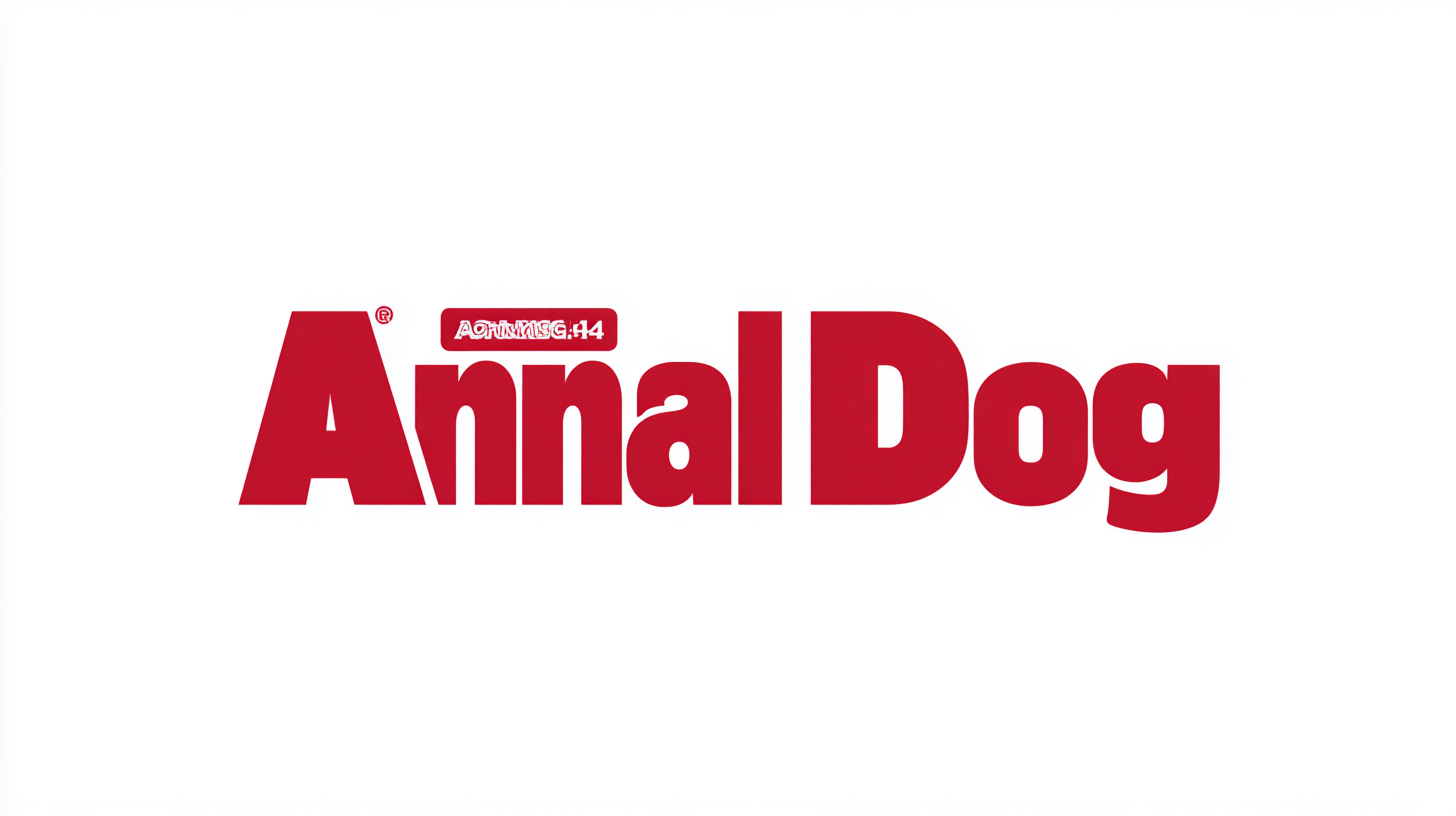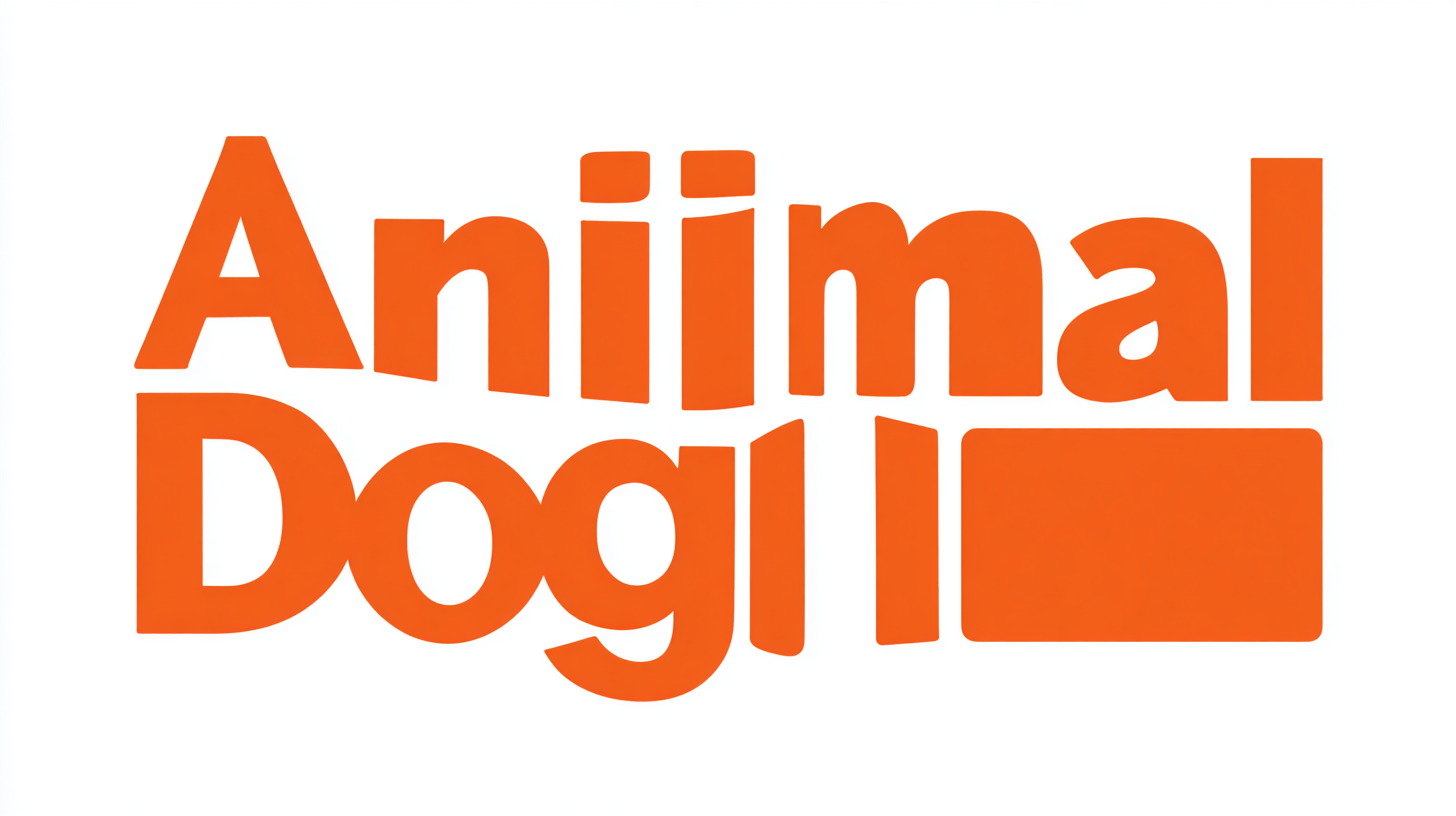You have no items in your shopping cart.

- Home /
- Blog
Unveiling the Specifications of the Best Animal Dog: Your Ultimate Guide to Quality and Performance
In today's competitive pet industry, the demand for high-quality products has reached unprecedented levels, particularly for items associated with Animal Dogs. According to a recent report by the American Pet Products Association, pet ownership in the U.S. has surged to over over 70% of households, driving a remarkable growth in spending, which is projected to reach $109.6 billion in 2021 alone.

As consumers become increasingly discerning about the products they choose for their beloved pets, manufacturers are rising to the challenge by focusing on performance and quality. With the spotlight on "world-class manufacturing, China's pride, and global exports," the standards for producing the best Animal Dogs have never been higher. This guide aims to unveil the specifications of top-tier Animal Dogs, exploring what makes them exceptional in terms of quality and performance, ensuring that pet owners can make informed choices for their furry companions.
Key Factors in After-Sales Service for Top Dog Breeds
When considering the best dog breeds, it's essential to highlight the importance of after-sales service, which often goes overlooked. After bringing a new furry friend home, dog owners need access to reliable support for training, health, and overall care. This is particularly critical for high-quality breeds that require specific attention and services tailored to their needs. Reputable breeders or shelters should provide ongoing guidance, including training resources and information on nutrition, to ensure the well-being of the dog and satisfaction of the owner.
Another key factor in after-sales service is the availability of veterinary care and support networks. Top breeders typically collaborate with veterinary professionals who can offer insight into breed-specific health issues and preventive care. Additionally, community resources, such as training classes and dog behaviorists, can greatly enhance the experience of dog ownership, fostering a healthy and long-lasting bond between the dog and its owner. By prioritizing these elements of after-sales service, dog enthusiasts can ensure that they are fully equipped to provide the best quality of life for their beloved pets.
Understanding Maintenance Costs for High-Quality Canines
When considering a high-quality canine companion, it's essential to understand the maintenance costs that come with owning a dog. These expenses can vary significantly depending on the breed, size, and health requirements of your furry friend. It's crucial to factor in routine veterinary care, grooming, and nutritional needs, which can add up over time. For example, medium to large breeds may require higher-quality food and more frequent vet visits, resulting in an increased budget.
Tip: Create a monthly budget that includes all potential costs related to your dog, from food and grooming to veterinary bills and pet insurance. This will help you manage your finances effectively and ensure that you can provide the best care for your pet without unexpected financial strife.
Additionally, training and socialization are vital components of dog ownership that can also impact overall costs. Enrolling in obedience classes or hiring a professional trainer can enhance your dog’s behavior and strengthen your bond. While these may seem like additional expenses, investing in training can lead to a more harmonious household and potentially reduce costs related to behavioral issues in the long run.
Tip: Look for community resources or online courses for affordable training options. Many organizations offer free or low-cost classes that can benefit both you and your canine companion.

Comparative Analysis: Repair Needs Among Popular Dog Breeds
In the realm of dog ownership, understanding the comparative repair needs among popular breeds is crucial for potential pet parents and veterinarians alike. Recent studies in the field of veterinary medicine have shed light on various health interventions, particularly in the treatment of conditions like anterior cruciate ligament rupture. Techniques such as Tibial Plateau Leveling Osteotomy (TPLO) and CaniBone Leveling Osteotomy (CBLO) are being evaluated for their effectiveness in enhancing functional recovery for canine patients, indicating that different breeds may require tailored surgical approaches based on their unique anatomical and physiological characteristics.
Moreover, a dog's breed can significantly influence its predisposition to certain health issues, which in turn affects the frequency and type of medical interventions needed. For example, large breeds are often more susceptible to joint-related issues, necessitating closer monitoring and potentially more surgical repairs over their lifetimes. Understanding these breed-specific repair needs allows owners to make informed decisions about preventative measures, diets, and veterinary care, ultimately contributing to the overall well-being and longevity of their furry companions. This comparative analysis not only aids in promoting breed-specific health awareness but also enhances the capability of veterinarians in providing targeted care and management strategies.

Examples of Reliable After-Sales Support in the Pet Industry
In the pet industry, after-sales support can make a significant difference when acquiring a new dog. Companies that excel in this area offer a range of services to ensure pet owners feel supported long after the purchase. For instance, reliable after-sales support might include training resources, health guidance, and easy access to customer service representatives who understand the needs of both pets and their owners.
Tips for selecting a breed based on after-sales support include researching breeders who provide guarantees and support networks. Look for those that offer a comprehensive guide post-adoption, including training tips on socialization and behavior management. Additionally, reputable suppliers often maintain relationships with veterinarians or pet care professionals, providing ongoing health advice to new pet parents.
Another crucial element is community-building among pet owners. Brands that foster forums or social media groups allow owners to exchange experiences, share tips, and seek advice from one another. This creates a sense of belonging and support, which can be invaluable for first-time dog owners navigating the joys and challenges of pet care.
Unveiling the Specifications of the Best Animal Dog: Your Ultimate Guide to Quality and Performance
| Specification | Details |
|---|---|
| Breed Type | Labrador Retriever |
| Size | Large |
| Weight | 55-80 lbs |
| Lifespan | 10-12 years |
| Temperament | Friendly, Intelligent |
| Energy Level | High |
| Trainability | Highly Trainable |
| Grooming Needs | Moderate |
| After-Sales Support Examples | Veterinary Assistance, Training Resources |
Tips for Budgeting Maintenance Expenses for Your Dog's Care
When budgeting for your dog's care, understanding the costs associated with different breeds is crucial. For instance, owning a Havanese can cost between $1000 to $3000 initially, with ongoing monthly expenses that vary widely based on your location and the dog’s needs. Research indicates that average maintenance costs across various breeds can range from $200 to $500 per month, factoring in food, grooming, and veterinarian visits.
Additionally, it's important to consider specific breed expenses. For example, a Newfoundland may require an investment of $295 to $885 monthly after initial setup costs. Beagles, on the other hand, are often more budget-friendly, with initial adoption costs and care expenditures typically lower than many other breeds. Understanding these costs will not only help in your decision-making process but also ensure that you can fully commit to the care and quality of life your chosen companion deserves.
